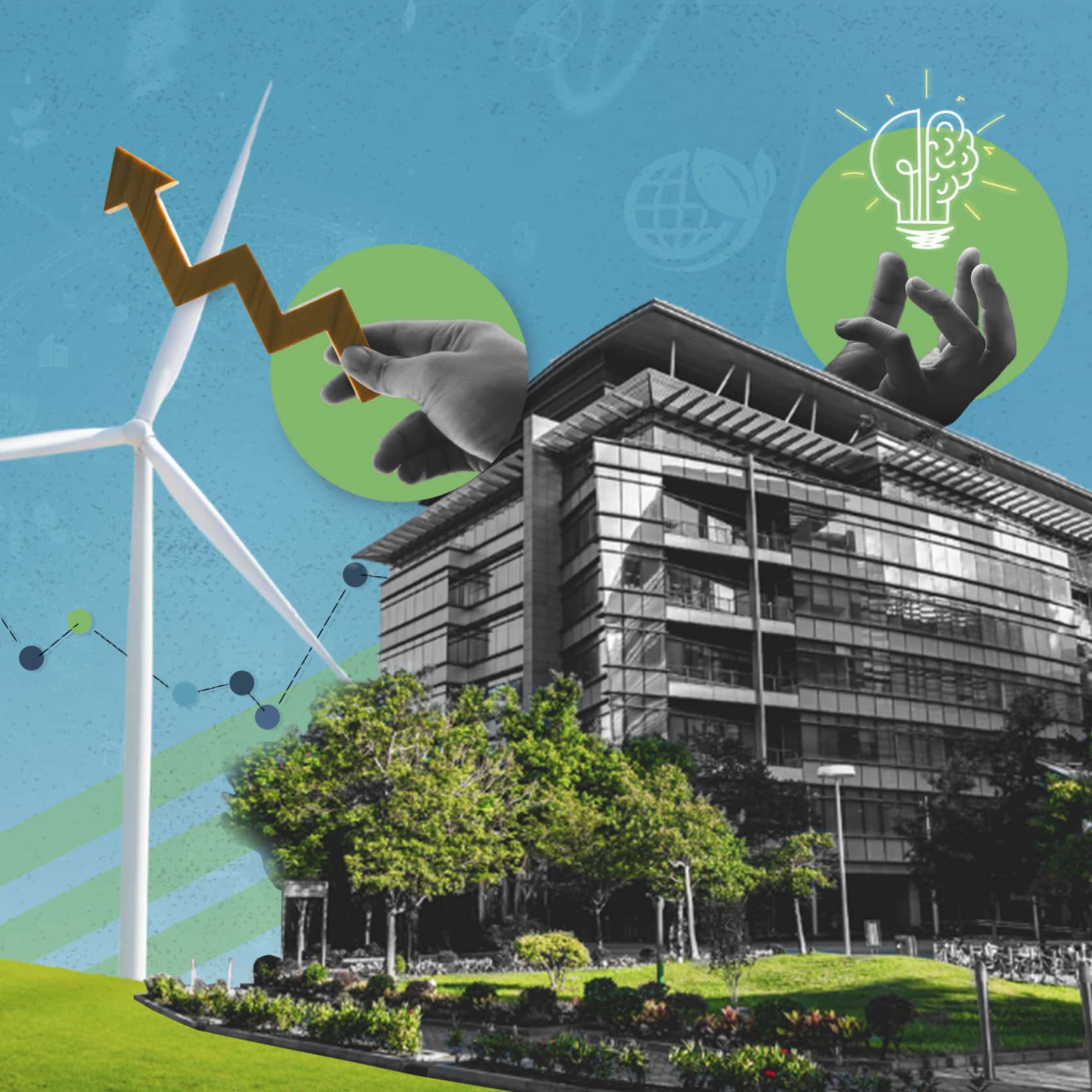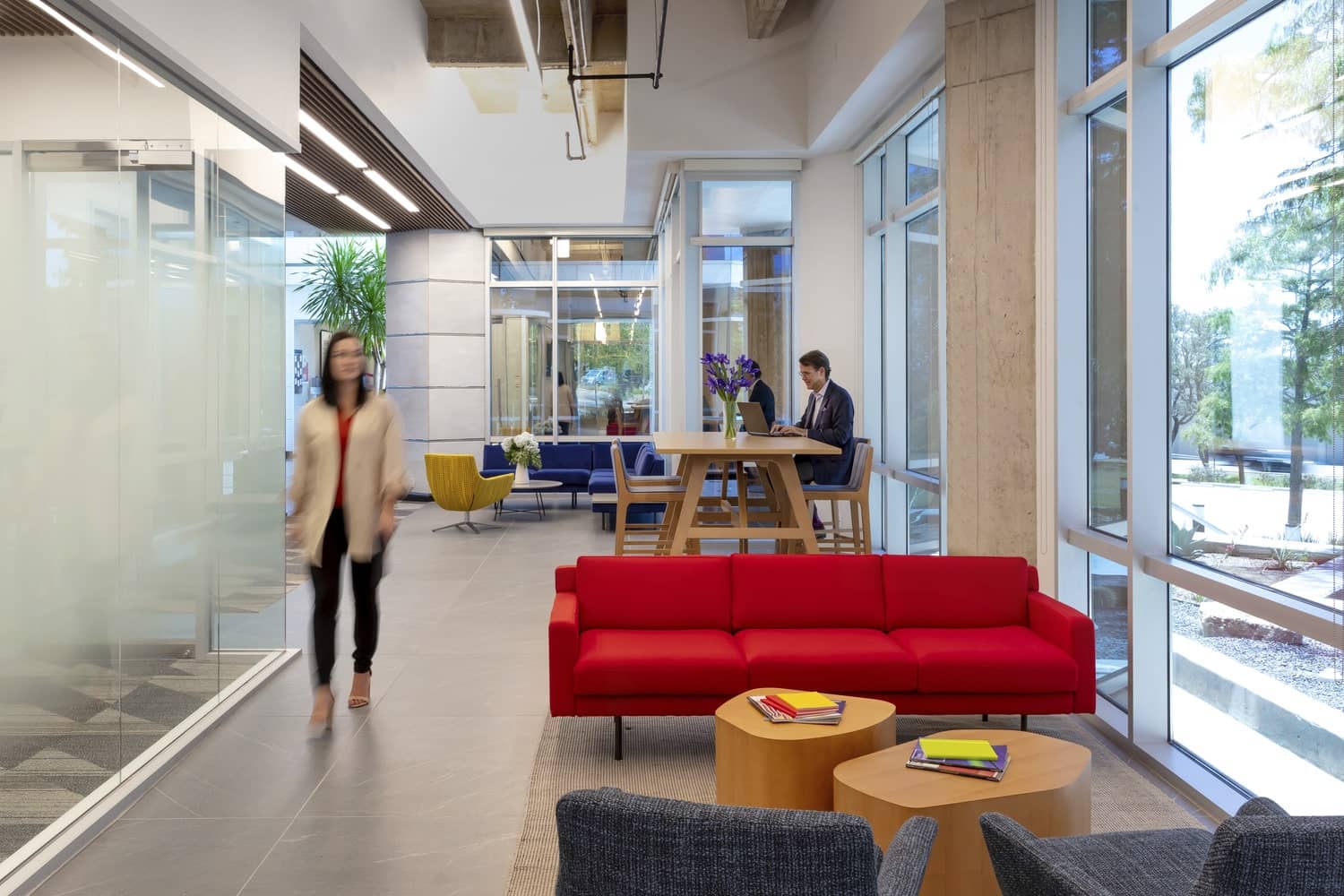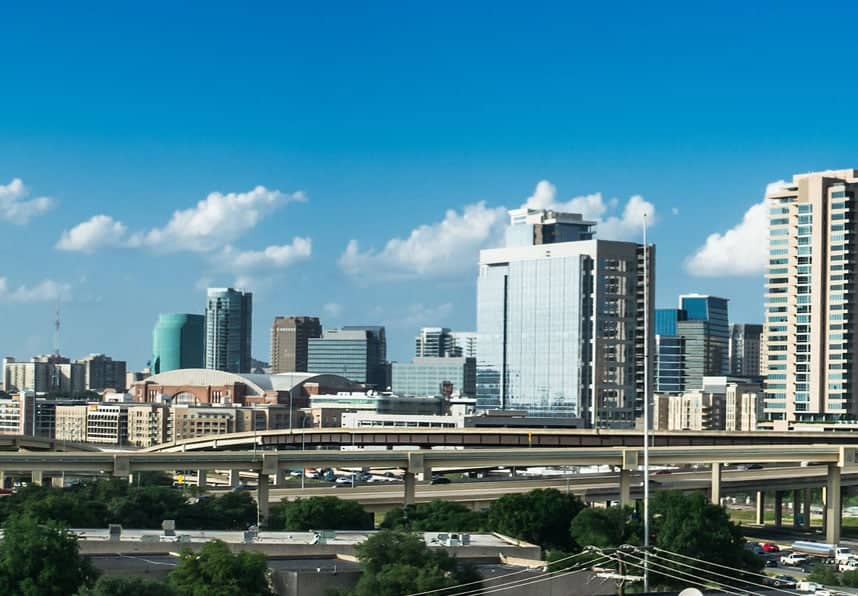In addition to a rental housing shortage, the United States has many older commercial buildings that are now vacant. Experts say adaptive reuse may be the solution to both. It’s a strategy that’s gained traction in the commercial real estate (CRE) industry, which involves repurposing existing buildings to create new, functional spaces that serve the needs of the current market.
According to CoStar, office vacancies average 13.2% nationwide. Additionally, many leases are set to expire in the coming years. There’s a stark bifurcation in the market where 90% of all U.S. office vacancies are contained in the bottom 30% of buildings, largely characterized by older offices with limited amenities and reduced functionality.
So, what to do with increasingly available office space? Some discussion has focused on the conversion of office into condominiums or apartments. That process, however, is easier envisioned than done. Factors such as building age, size, configuration, location, and more, indicate that only 3 to 5% of buildings have conversion potential.
To switch from commercial to residential space, floor plans need to be demolished and infrastructure significantly modified. Plumbing, heating, and air systems must be re-engineered, and natural light needs to be added, which in many older buildings is difficult to add.
To satisfy needs of residents, the surrounding neighborhood must be transformed with amenities such as grocery stores, gyms, restaurants, hair salons, and other personal service businesses that aren’t typically available in commercial districts. Zoning compliance and investment hurdles round out the challenges and risks.
Successfully redeveloping commercial property may, however, be a worthwhile investment for CRE owners able to strategically identify the best targets for reuse — converting them as necessary to ensure a return on investment.
Adaptive Reuse as a Sustainable CRE Strategy
Creatively repurposing older and underutilized buildings is a process that can offer numerous benefits. For one, adaptive reuse has the potential to reduce environmental impact. While some may argue that adaptive reuse has its downside, where some structures are unsalvageable, the construction of new buildings are still typically worse for the environment than refurbishments.
Due to more virgin materials going into the creation of a new building, the amount of greenhouse gasses released pollutes more than refurbishments done to an existing one. According to MCW architects, a Cambridge-based architectural firm, “by reusing buildings, adaptive reuse minimises the need for new materials and reduces the carbon footprint associated with their production and transportation.” And, adds the U.S. Environmental Protection Agency, the demolition of existing buildings contributes to more than 90% of total construction debris.
Building construction and operation produces an estimated 38% of global carbon emissions. By extending the life of an existing building and reusing its products and materials, adaptive reuse reduces waste and pollution — saving from 40 to 70% in carbon emissions compared to new construction.
Adaptive reuse projects also play a critical role in densification and utilizing space more efficiently and help to reduce the need for new development. They can also be completed in a shorter timeline, making them a more efficient use of time, energy and other resources.
The Adaptive Reuse Movement: Paving the Way Forward
According to an Adaptive Reuse Report by RentCafe, while fewer buildings were converted in 2021 and 2022, there’s still strong interest in repurposing commercial properties to create more apartments and to revitalize downtown districts that were hit hard by the pandemic-induced shift to work from home. A record number of apartment-generating conversions are currently in progress, with a total of 122,000 converted apartments in the pipeline for development over the next few years.
Adaptive reuse might be an effective way to transform empty office or retail spaces and contribute to the growth of surrounding areas. Examples include the conversion of a former Sears store into a mixed-use development in Memphis, Tennessee, an old factory into a tech hub in Brooklyn, New York, and a vacant office building into a 218-unit apartment building billed as a sanctuary for artists in Lakewood, Colorado.
One of the coolest buildings in KBS’s portfolio, Salt Lake Hardware Building in Utah, is a great example of adaptive reuse and its ability to contribute to neighborhoods and urban development. Built in 1909 as “The place for all things hardware,” the five-story, 210,938 square-foot warehouse was converted to an office building in the 1990s with a careful eye to maintaining its original look and spirit.
A recent exterior redesign featuring exposed brick and timber, and the addition of interior amenities transformed the Hardware building into a highly differentiated commercial space that’s driving even more change. KBS jumped on the opportunity to build Salt Lake Hardware Village Apartments next door and is now KBS is looking into developing a complementary, second-phase multifamily project known as Hardware Village II.
Potential Challenges of Adaptive Reuse and Overcoming Them Through Strategic Due Diligence
While adaptive reuse presents significant opportunities, it also comes with potential barriers and risks. Proper market analysis is critical for determining if an underutilized commercial asset is a good candidate for redevelopment. Having the right building in the right market can be challenging due to various factors that can limit the property’s potential. For a successful adaptive reuse project, it’s important to select a property situated in a prime location with steady income growth to support the rental rates. Moreover, the property should be convertible in a way that attracts potential tenants.
For example, small parcel sizes of an acre or less may not be suitable for multifamily construction, as there may not be enough space for the apartment building and surrounding amenities. On the other hand, larger tracts of land can support significant mixed-use developments.
Location is another critical factor, as properties in remote areas or with use restrictions may not draw enough residential tenants. Low comparable rents in the vicinity may also be a deal breaker. As previously mentioned, switching from commercial or retail to residential use requires significant development to the surrounding area; it can be costly. If resulting rents don’t pencil for the area, neither will the deal for investors.
Zoning compliance also plays a vital role in the success of adaptive reuse projects. It gives developers the legal framework and flexibility to repurpose existing buildings for new uses. To encourage adaptive reuse, cities can amend their zoning overlays, making it easier to use office spaces for different types of businesses, such as light industrial or storage, daycare centers, schools, or pet care facilities. Tax abatements, tax incentives, and regulatory reform are other ways cities can promote adaptive reuse of commercial buildings, particularly for affordable housing.
Washington, D.C., for example, is offering 20-year property tax breaks to developers who convert commercial buildings to residences. California allocated $400 million statewide for adaptive reuse and is streamlining approvals for conversions with an affordable housing component. New York City’s Office Adaptive Reuse Task Force seeks to rezone areas in Manhattan for residential, a new tax incentive that could create 20,000 new housing units over ten years, and its mayor’s “City of Yes” plan includes an Office Conversion Accelerator to speed the creation of new housing while transforming millions of square feet of empty offices into more usable space for New Yorkers.
The Role of Adaptive Reuse in Shaping a More Sustainable and Resilient CRE Market
In summary, adaptive reuse is a transformative concept that can play a critical role in shaping a more sustainable and resilient commercial real estate market. Yes, converting commercial real estate to homes and other non-commercial purposes is challenging. It’s important to identify which properties have the most potential, where there is the greatest need, and how to convert properly — and by leveraging incentives and changing zoning requirements.
But when done right, adaptive reuse provides many benefits. By repurposing existing buildings, developers can minimize their environmental impact, preserve historic buildings, and create more cost-effective and resilient communities. As such, adaptive reuse is likely to continue to serve as a key strategy for developers and investors seeking to pivot alongside market changes, add value to communities, and promote sustainable development.
Learn more by visiting KBS.com/Insights.




